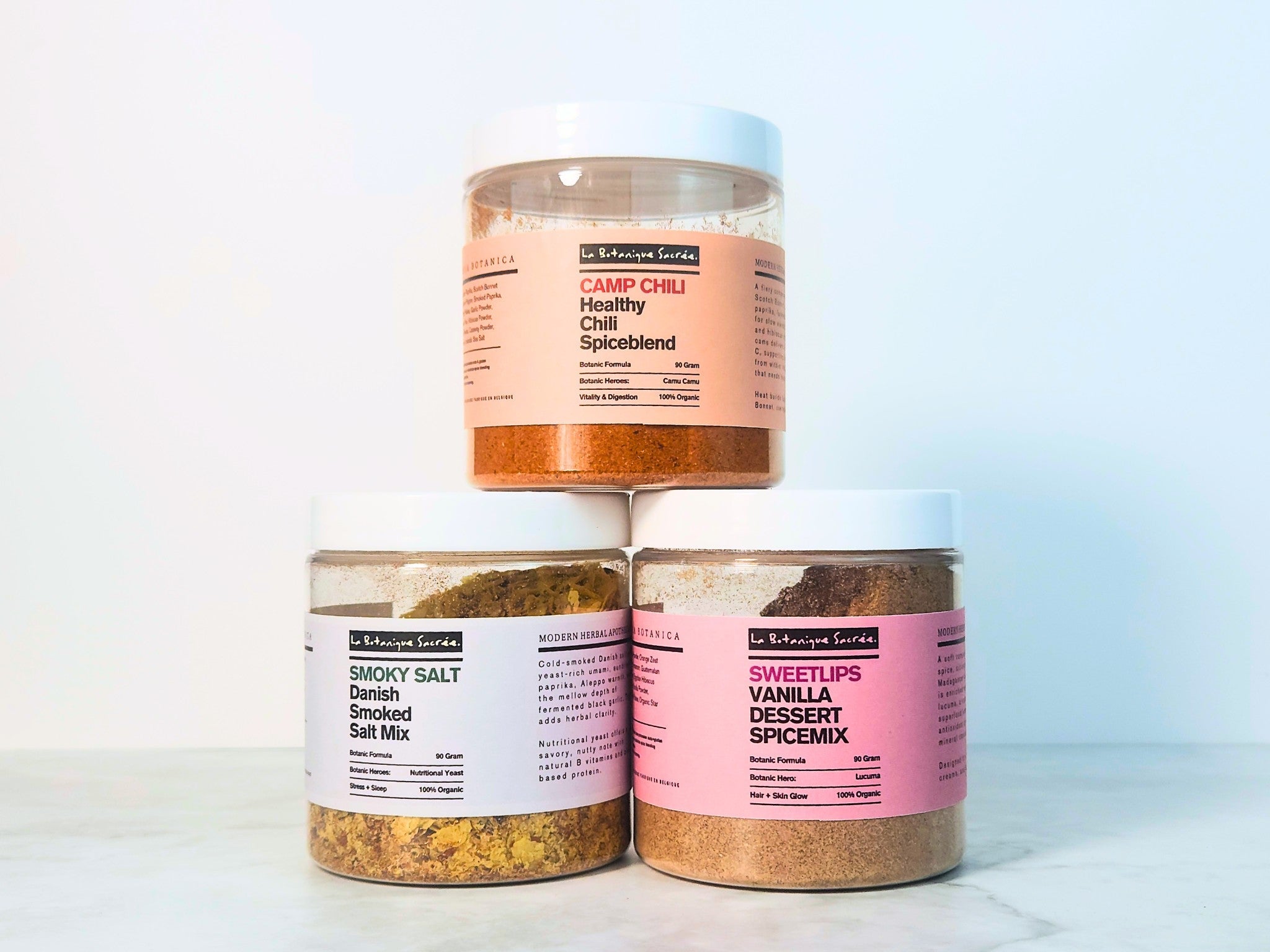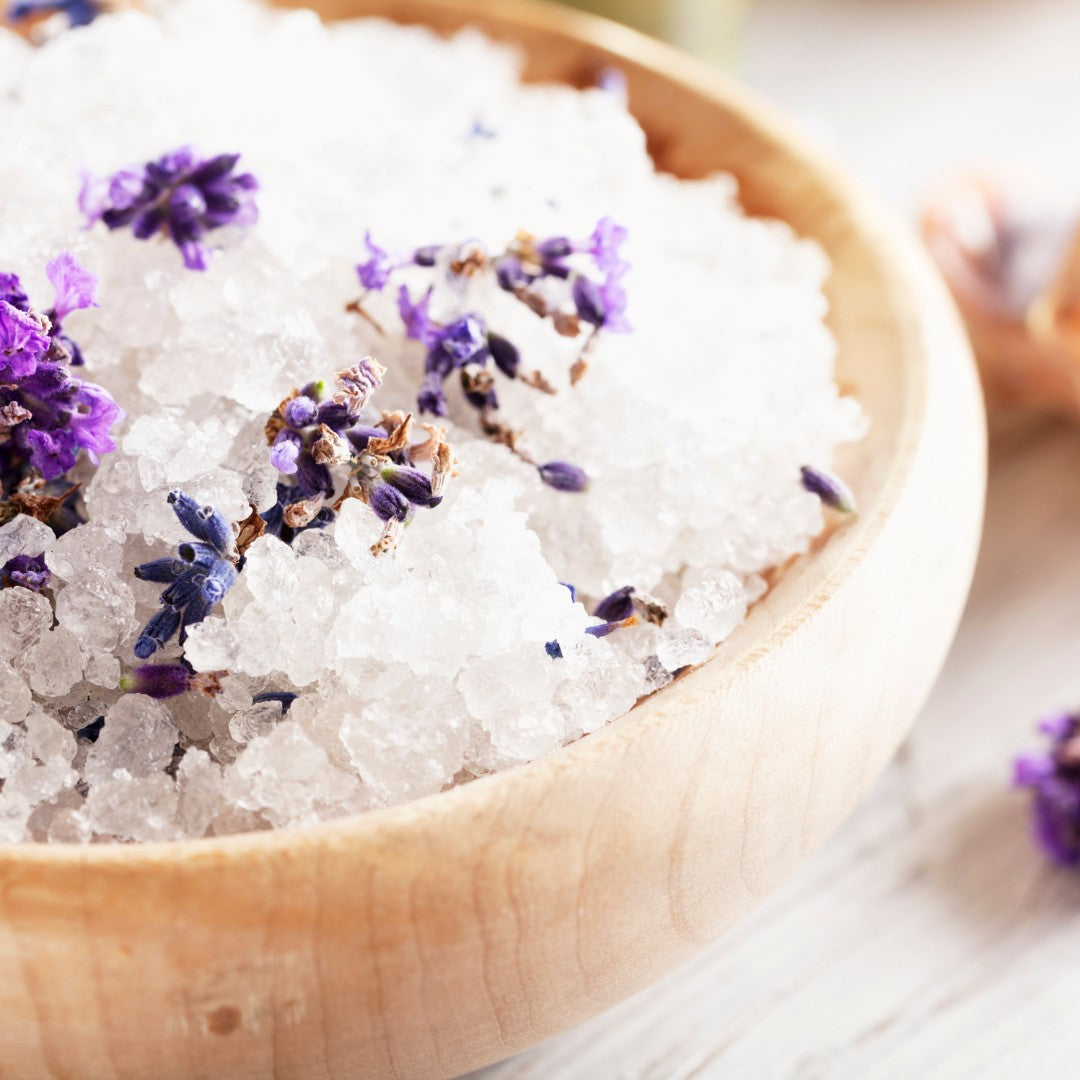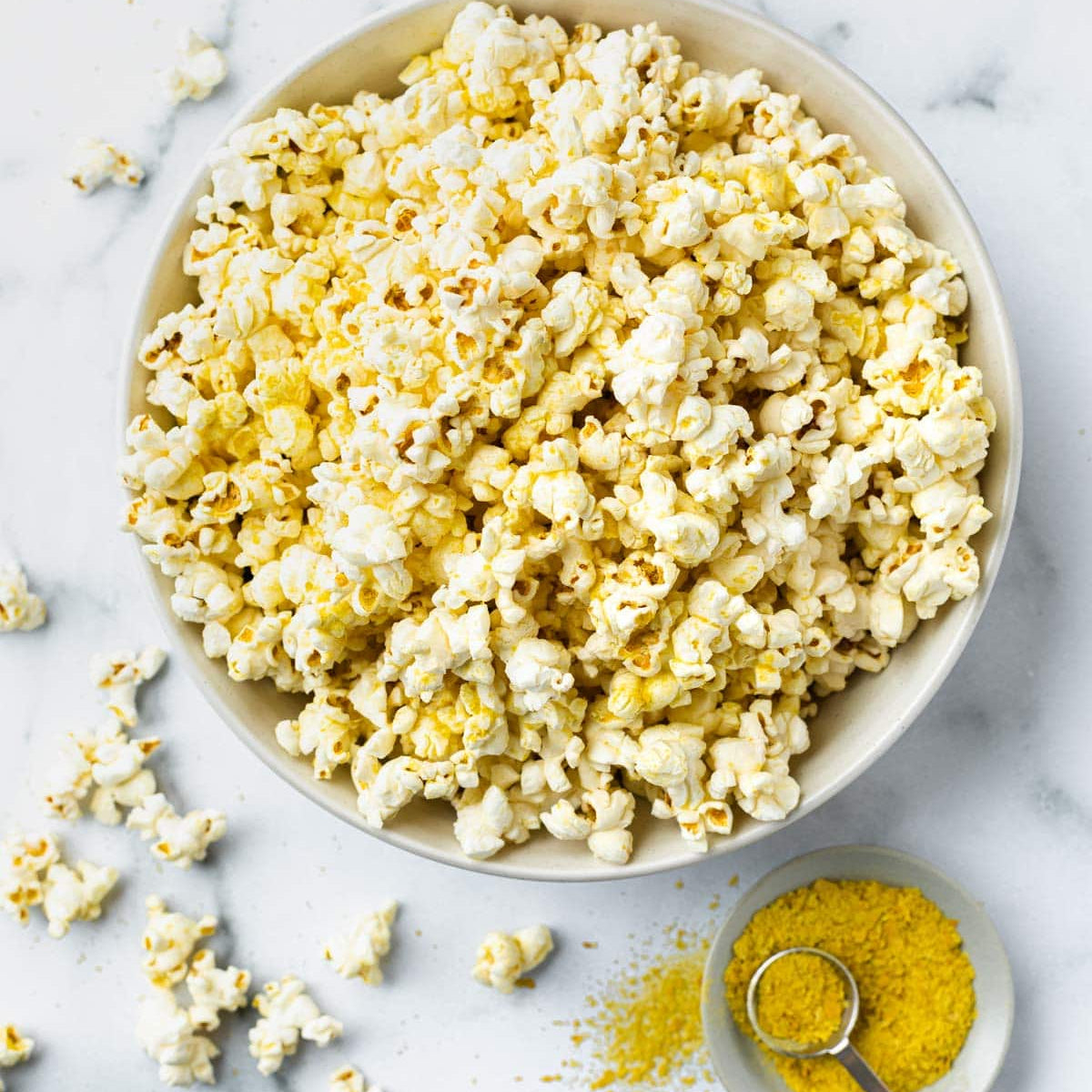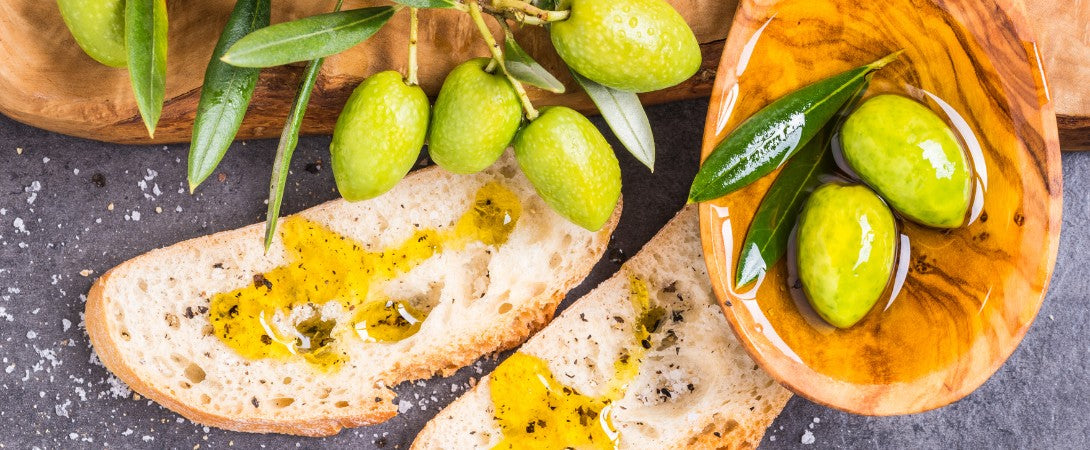Green jalapeno, clean heat with fresh green bite.
A crisp, grassy chile harvested before full ripening. The green jalapeno carries thick walls, bright aroma, and a measured kick that frames salsas, escabeches, and rubs. A cultivated form of Capsicum annuum, it sits at the juncture of Mexican heritage and modern pantry craft.
Green Jalapeno: History and Culture
Origins And Trade Routes
Capsicum annuum has deep roots in Mexico, a center of domestication and diversification for chile peppers. The word jalapeño encodes geography: “from Xalapa,” capital of Veracruz. Trade within Mexico moved the green jalapeño into city markets, while twentieth‑century canning, pickling, and long‑haul logistics spread jars of chiles en escabeche across borders.
Cultural Symbolism and Heritage
In Mexico, the green jalapeño carries both everyday and celebratory roles. Pickled green jalapeño with carrots and onions appears at taquerías and home tables. Ripe fruit smoked into chipotle sits beside mole and adobo traditions. The pepper’s name ties identity to place around Xalapa, and its presence in pantry culture links farm craft with urban cooks.
Green Jalapeno: Benefits
A green jalapeño seasons at low dosage without dulling other notes. Thick walls hold texture in brunoise, rings, and rajas. Fast bloom in hot oil releases grassy aromatics, while brief roasting or pan blistering adds smoke and softens bite without losing the green jalapeño identity. In pickles, acidity and herbs brighten the finish; in fresh salsas, the green jalapeño builds lift around tomatillo, coriander seed, and lime.
From a composition view, raw green jalapeño provides vitamin C and small amounts of vitamin A precursors, along with capsaicinoids that drive heat perception. These are stated facts, not health claims. Nutrient levels reflect cultivar and handling, which is why public databases list ranges and sampling notes rather than single values.
Pungency management is practical. Because capsaicin concentrates in the placenta, trimming that tissue moderates heat without silencing flavor. Gardening and extension sources also document environmental effects. Water stress, temperature, and genetics can push a green jalapeño hotter or milder than expected.

Green Jalapeno: Science and Composition
Botanically, the green jalapeño is a cultivar of Capsicum annuum in the nightshade family.
Pod traits include medium length and notably thick flesh that holds moisture and resists collapse under heat, one reason cooks value consistent dice and rounds. Within Capsicum, jalapeño is a defined pod-type; sources list it among the major forms of C. annuum grown for food.
Heat perception in the green jalapeño comes from capsaicinoids, especially capsaicin. These compounds concentrate in glands on the pale internal membrane known as the placenta, not in the seeds themselves. Seeds sit close to this tissue and can carry surface heat, yet the placenta is the production site. Removing ribs and membrane lowers perceived pungency in green jalapeño preparations.
On the Scoville scale, a green jalapeño is commonly classed in the mild-to-medium band, with land‑grant and horticulture references placing jalapeño types roughly in the low thousands to around ten thousand SHU. The general cooking shorthand cites a range that sits between poblano and serrano. Variability reflects cultivar and growing conditions.
Color signals stage. A green jalapeño is the same fruit earlier on the vine; with time it turns red as sugars rise and aromatics shift. Red forms taste sweeter and softer, while the green jalapeño reads crisp and herbaceous, which guides use in raw salsas and quick pickles.
Green Jalapeno: Tidbits
Tidbits and Funfacts
Chipotle is a smoked and usually dried jalapeño. Red maturity is typical before smoking, which shifts the profile away from the green jalapeño’s grassy lift.
“Jalapeño” literally means “from Xalapa,” tying the pepper to Veracruz. Etymologies trace the name to Nahuatl roots meaning “sand by the water.”
Thick‑walled selections such as Early Jalapeño and Jalapeño M are noted by the Chile Pepper Institute for juicy walls and dependable yield, useful when a firm green jalapeño texture matters.
FAQ
What nutrients are in a green jalapeño?
Public nutrition tables for raw jalapeño show very low calories, water as the bulk, and naturally occurring vitamin C with small amounts of vitamin A precursors and minerals. Values vary by sample and season.
How is “jalapeño” pronounced?
Major dictionaries record variants such as HAHL‑uh‑PAY‑nyoh and HAHL‑uh‑PEH‑nyoh , with the ñ sounding like “ny.”
How hot is a green jalapeño and where is the heat?
Guides place jalapeño in the lower thousands on the Scoville scale; removing the white ribs and membrane moderates heat because capsaicin concentrates there.
How La Botanique Sacrée Uses Green Jalapeno
Why we use it
For bright, grassy heat that reads clean. The green jalapeño lends lift to tomatillo and citrus profiles, steadies herb blends with gentle warmth, and keeps color vivid in rubs and sprinkles. A fine powder folds into salt matrices without speckling. Flakes give visible punctuation. The green jalapeño supports clarity where a heavier dried chile would mask high notes.
Sourcing Information
We favor certified‑organic green jalapeño grown within the EU or trusted partner regions, dried at low temperature, then milled to a free‑flowing powder or controlled flake. Selection criteria include full, bright aroma on opening, fresh green color, and a clean heat curve that aligns with low‑to‑medium Scoville expectations for a green jalapeño.
Products using Green Jalapeno
YUZUKOSHO — Japanese citrus–pepper salt with freeze-dried yuzu, lemon, loomi, and Green Jalapeño Flakes (aotogarashi style) for a clean green heat.
Matcha Lime — Matcha salt blend pairing dried lemon peel, ceremonial matcha, and Green Jalapeño chili for bright citrus and herbaceous heat.
KAIJU-N - Traditional cajun spice blend infused with Japanese minerals and vitamin-rich superfoods









